All About 26 '' Bicycle Tire Pressure
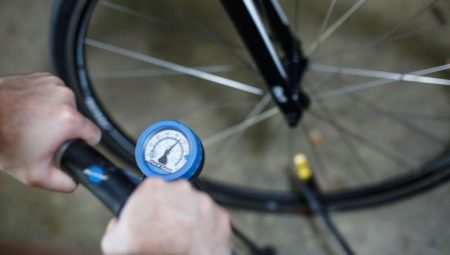
The cyclist should check the tire pressure of his bike before setting off on his tracks or route. It is not recommended to ride on flat tires: both the rubber and the rim on which it is worn can be damaged.
Why do you maintain the right pressure?
Maintaining the required pressure values in bicycle wheels solves the following tasks:
- it does not allow the wheel to break through on the slightest bump, on cracks across the road, in case of an accidental collision with the drainage hatch, etc.;
- pressure close to average, but higher than the minimum, increases the permeability on dirt roads and paths with fine gravel, sandy-clay cover;
- pressure above average, but close to maximum, will increase roll-forward on highways and paved streets.
Neglecting these simple rules of wheel inflation is fraught with not only frequent rubber breakdowns, but also the appearance of "eights" on the wheel rims.
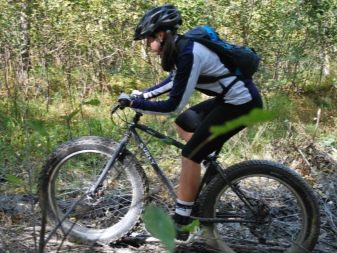

Pressure for all 26 '' wheels
Wheels with a diameter of 26 inches are used on mountain, hybrid, road, "extreme" and teenage bikes.
The pressure in the tires of mountain bikes is chosen empirically. It is different for each cyclist. So, for cross-country models, a value of 3-4 atmospheres is chosen - it is ideal for asphalt streets and country roads.
Semi-slick tires are designed for maximum inflation - they are designed for road and street riding where there is asphalt. With weaker pumping (from minimum to medium value), the contact area of the rubber with the road will increase, and it will become much more difficult to accelerate quickly.

For highways, adhere to the following minimum values.
Wheel rim diameter | Number of atmospheres | Psi |
12 | 2,4 | 35 |
14 | ||
16 | ||
18 | ||
20 | 2,5 | |
24 | 4,5 | 35–65 |
26 | ||
28 |
Extremely low values are indicated. High ones range from 5 to 9. Try not to exceed them - otherwise the rubber will burst at high speed or when hitting the slightest unevenness. Pump a few tenths of an atmosphere lower than indicated in the table.

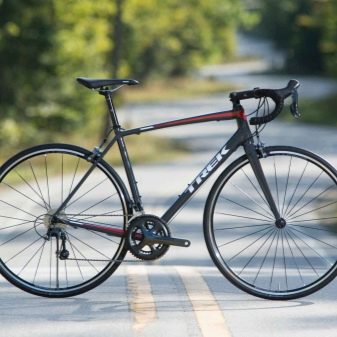
Pressure values also depend on how much a particular rider weighs, and on the route on which dirt or gravel, rocky roads come across. Tire widths also make adjustments. Choose the pressure for the future by taking a ride on the most difficult roads under the control of a pump equipped with a pressure gauge.
Cyclist weight, kg | Pressure, atm. |
50–60 | 2,4-2,9 |
60–70 | 2,9-3,2 |
70–85 | 3,2–3,7 |
85–100 | 3,7-4,0 |
100–120 | 4,0–4,1 |
If at the moment you do not have the opportunity to weigh yourself, you should download the average, taking into account the roads on which you most often drive. But on children's bicycles it is better to pump up the maximum pressure: when a child learns to ride, less effort when riding, spent on acceleration, is important for him.
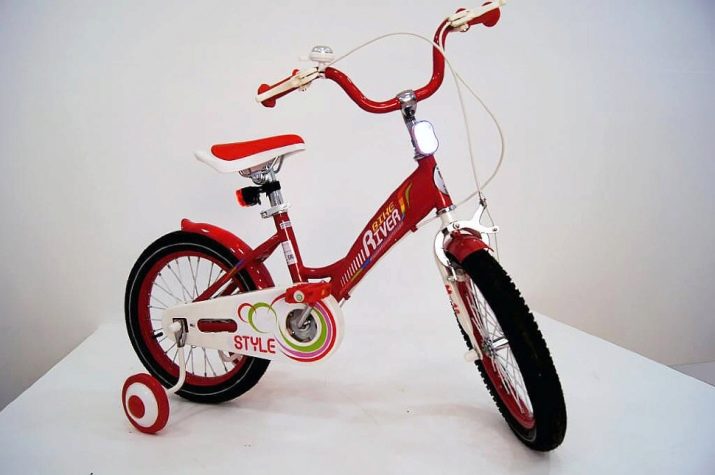
More accurate values
The load on the rear wheel is on average 10-15 kg more - the seat is located closer to it. The rider's weight is distributed between these wheels. For comparison, the weight of the biker is taken with a value of 85 kg.
Wheel load | 50 mm | 37 mm | 32 mm | 28 mm | 25 mm | 23 mm | 20 mm |
50 Kg | 3 | 4 | 5 | 6,8 | 7,5 | 8 | 8,8 |
35 Kg | 2,5 | 3,4 | 4,4 | 5,4 | 6,1 | 6,8 | 7,5 |
The smaller the width of the tire, the higher the pressure it needs to be inflated. That is why road bikes have maximum pressure, fat bikes with the same wheel diameter have minimum pressure, reaching 2 atmospheres. Consistency of body mass within the same biker is critical, and road contact patch is the smallest.

So that the tire does not get flushed when the rider gets on the bike and starts off, and the optimal pressure is selected for a particular type of tire.
Without pressure gauge
It is easy to check the pressure without a pressure gauge, but this method is not accurate. If you cannot squeeze the tire even a little, the pressure in the tire is medium or above average. At low pressure, you can flush it with your fingers. A universal option is to inflate the wheel to medium and high values and remember how much you managed to push it with your hand, and whether it worked at all. More precisely, they can pump up with a compressor at an automobile service station. The main thing is that when driving, the rubber should almost not slip, because subsidence will accelerate its wear.
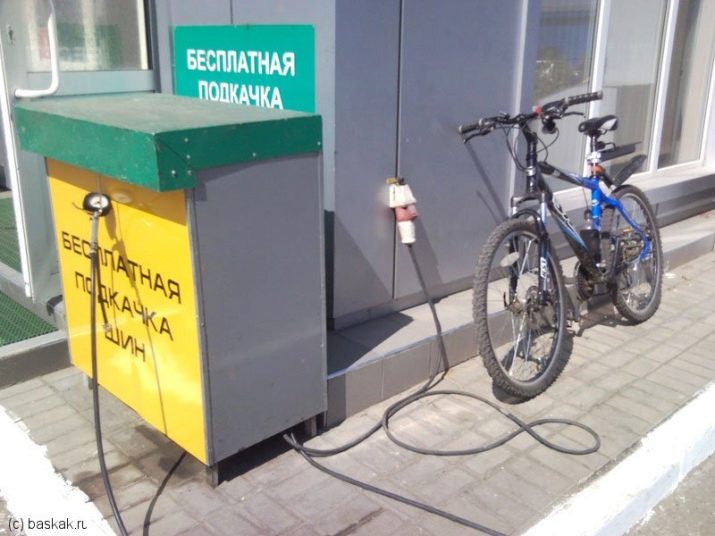
Weather correction
In winter, the pressure pumped up at home can drop - it is better to pump a little above average or near maximum value. At zero degrees or in frost, it will fall by 1 ... 1.5 atmospheres. On a hot day on overheated asphalt, on the contrary, it can jump by the same amount, it is better not to pump it to the maximum by 1.
Cord quality
The weave density of the cord - whether it is made of Kevlar or aramid yarns - is indicated by TPI (Threads Per Inch). A low TPI value - from 30 to 65 - requires an underestimated pressure, from too high a tire will simply tear. A higher one allows the same pressure. If the tire has, for example, a three-layer cord of 100 TPI units in each - feel free to pump up the pressure close to the maximum.
A tire with a low TPI may not withstand your many kilometers of highway marathons at high speed - at 30 ... 40 km / h, a high pressure of 6 ... 11 atmospheres is required.
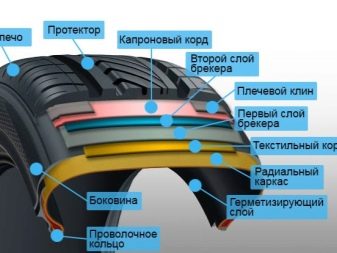
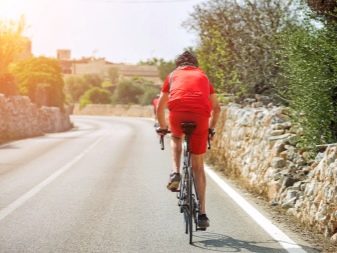
Conclusion
Whatever your weight, bike parameters and road quality - You will not find the optimum pressure right away... It is only achievable after a few trips. And there is no need to change a dozen of punctured cameras and burst tires in order to calculate it.
For information on how to properly pump up your bike, see below.









I pumped 1.8 ATM for 100 kg, it was 1.2 a little, it is felt on irregularities, beats with rims, above 2, I think, do not pump. Considering the quality of most Chinese cameras, when I rocked 2.2 on a moped, broke the camera and chewed the tire into an asterisk, speed 80, the rear wheel stopped and skidded towards. Then he leveled the front brakes on the front wheel and flew through the steering wheel for 10 meters and slid on the rear for another 5 meters, but did not break anything, landed successfully.